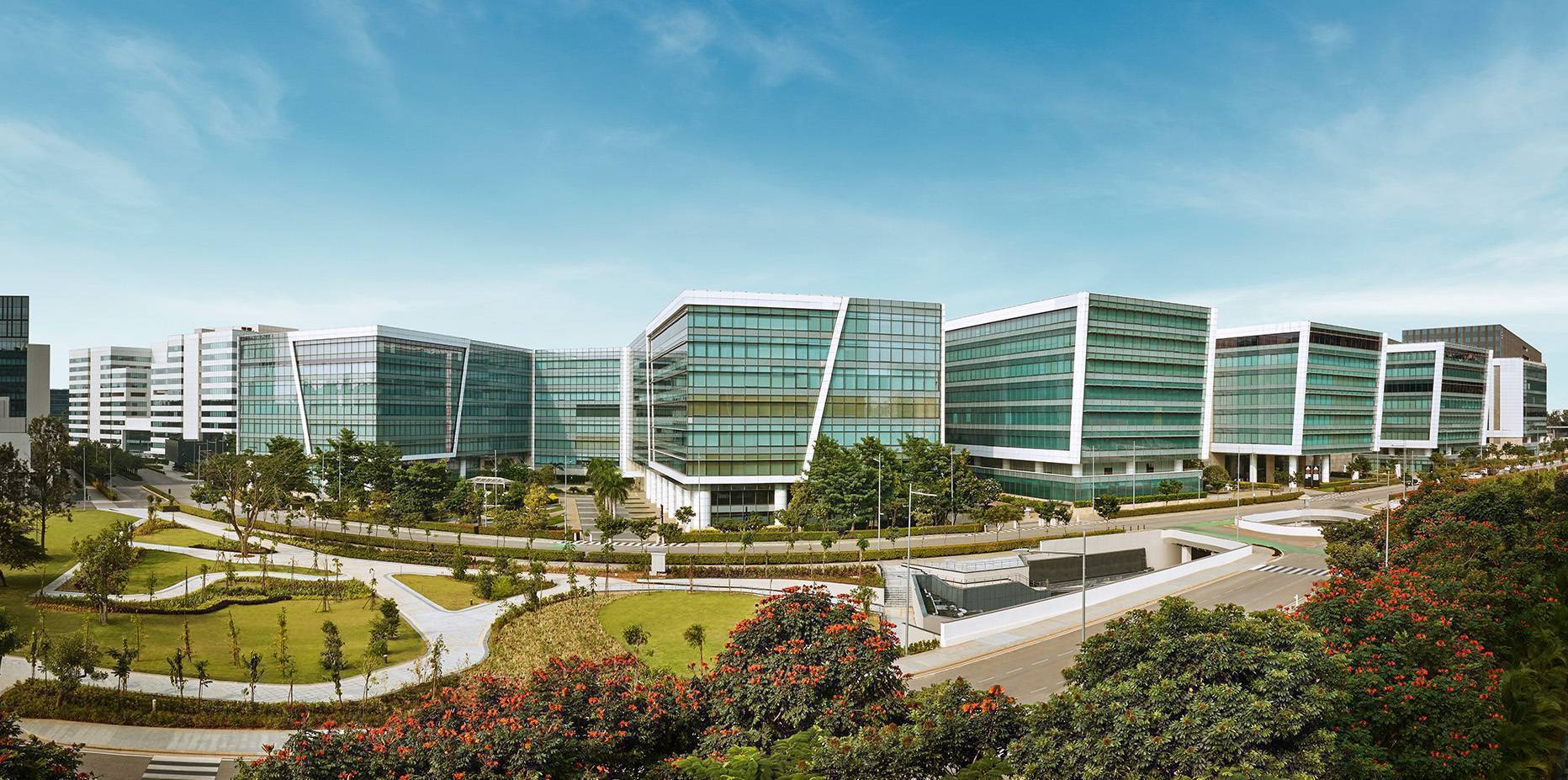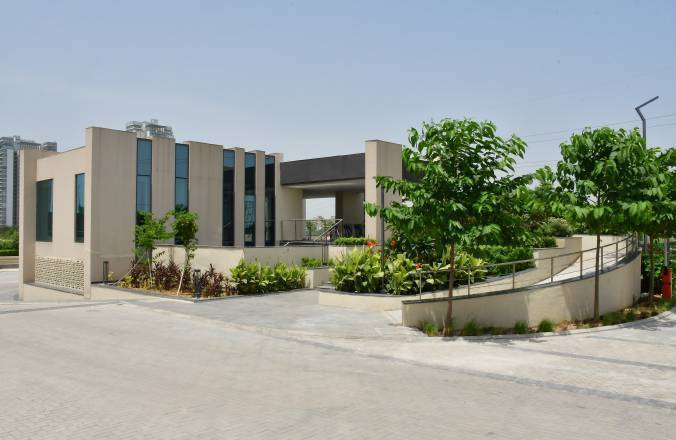A quick look at India’s commercial development suggests that the nation is undergoing a major shift led by Global Capability Centers (GCCs). Capability centers are essentially offshore units of MNCs handling IT services, R&D, customer support, and business processes in regions with a rich talent pool. Even a decade ago, GCCs were built to help lower costs by tapping into a low-cost talent pool, but in recent years, they have turned into hubs that nurture innovation and product development. Today, they are viewed as key drivers of business value and competitiveness in the global economy.
Data shows that the number of GCCs doubled from 700 in 2010 to over 1,760 in 2025, which includes more than 3,050 GCC establishments. According to Rödl & Partner, they also generated a total of USD 65 billion in FY24.
Both investors and developers are quietly taking note of this growth and strategizing how they can tap into the boom driven by growth in AI and R&D-based hubs. In 2025 alone, these centers accounted for around 40% of India’s office leasing activity, playing a key role in increasing demand for Grade A commercial spaces.
On that note, let’s discuss the gradual but unmistakable impact of GCCs on India’s commercial transformation and positioning as a hub of R&D and emerging industries.
Understanding the Impact of GCC on Commercial Space
Chennai, Bengaluru, Mumbai, Hyderabad, Pune, and Delhi NCR have been popular spots for setting up GCC establishments in India. However, in recent years, Coimbatore, Vishakhapatnam, Ahmedabad, and Chandigarh have been garnering interest from global businesses and capability centers. This is due to favourable state policies, improvements in infrastructure, quality real estate options, access to skilled talent and India’s vision of the “office plus one” strategy.
The National Policy on GCCs identifies these centers as an important growth driver that can tilt India’s scales towards capability-led mandates in areas such as AI, R&D, innovation, emerging tech, and global decision-making. This anticipated growth will be supported by developing a talent pipeline, creating world-class plug-and-play physical and digital infrastructure, and enhancing the competitiveness of cities.
This approach will be necessary in helping the nation attract investors and encouraging businesses to establish capability centers in India. Today, most GCCs focus on AI-driven
innovation and SaaS engineering, which require digitally equipped workspaces to spark collaboration and innovation in AI and R&D.
However, they require developments such as digital economic zones, plug-and-play infrastructure, data centers and cloud infrastructure, research parks, and projects that adhere to global standards of sustainability and energy-efficient practices.
That's why leading commercial real estate developers are exploring office layouts and leasing models, as well as energy-efficient designs. Similarly, investors are directing real estate investments into properties that are future-ready and prepared to onboard GCCs.
Economic Boom
As per NASSCOM, GCCs generated USD 33 billion in 2020 and currently employ over 1.6 million professionals. Other reports say that by the end of 2025, around 1,800 GCCs will employ over 21 lakh professionals. And when compared to traditional IT sectors, GCCs offer 10-20% higher salaries to highly skilled professionals.
When we talk about prospects, data shows the segment is projected to add 3.5% to our national GDP by 2030. Additionally, US President Donald Trump’s decision to impose a USD 100K fee on H-1B visas could encourage more global companies to expand and set up centers in India for offshore innovation. This development could accelerate EY’s projection that GCCs in India may surpass 2,400 centers by 2030, with the number of new centers set up each year expected to touch 115, taking the market size to USD 110 billion.
Innovation and R&D Hubs
The primary function of most GCCs is to develop new products, services, and solutions that meet global standards. That’s why many GCCs set up their R&D operations in India, which in turn helps our nation grow as a global R&D and innovation hub in fields such as AI and semiconductors.
This also allows our nation to demonstrate that India is a capable hub with adequate talent, making it highly appealing to global investors. For instance, recently, Rolls-Royce opened a 700-seat GCC in Bengaluru, its largest in India to date. The new center employs over 3,000 people, including more than 2,000 highly skilled in-house and partner engineers.
India also hosts more than 55 healthcare and life sciences (H&LS) GCCs. These centers operate over 95 facilities, representing millions of dollars in investment and creating lakhs of roles, especially in research and drug development.
Enhancement of Business Practices
Our government has recognized the value of GCCs and their potential in supporting the nation’s economic growth. To tap into their prospect, the government is promoting global practices in business operations, governance, and compliance. Different state governments have introduced favourable GCC policies to attract global players to set up their centers in the region. For instance, Karnataka has dedicated policies to lure 500 GCCs by 2029 and create over 3,50,000 jobs for an economic output of USD 50 billion.
In 2004, Goldman Sachs set up its GCC in Bengaluru for IT support. However, thanks to supportive government initiatives and favorable policies, it has since expanded to include functions such as data analytics, risk management, and financial modeling.
Similarly, Uttar Pradesh offers incentives such as land subsidies, operational expenditure support of INR 40–80 crore annually, fresher recruitment bonuses, and payroll subsidies to promote its GCC ecosystem. While efforts in tier-1 and major cities are quite visible, the trend has reached tier-2 and tier-3 cities, where global businesses are trying to make the most of untapped potential.
Hence, GCCs are clearly supporting India’s commercial landscape by nurturing new ideas and enabling new-age sectors such as AI to thrive through R&D. Hopefully, the government’s continuous support will support GCCs’ growth in India, in turn creating opportunities for skilled professionals, real estate developers, and investors.









.png)